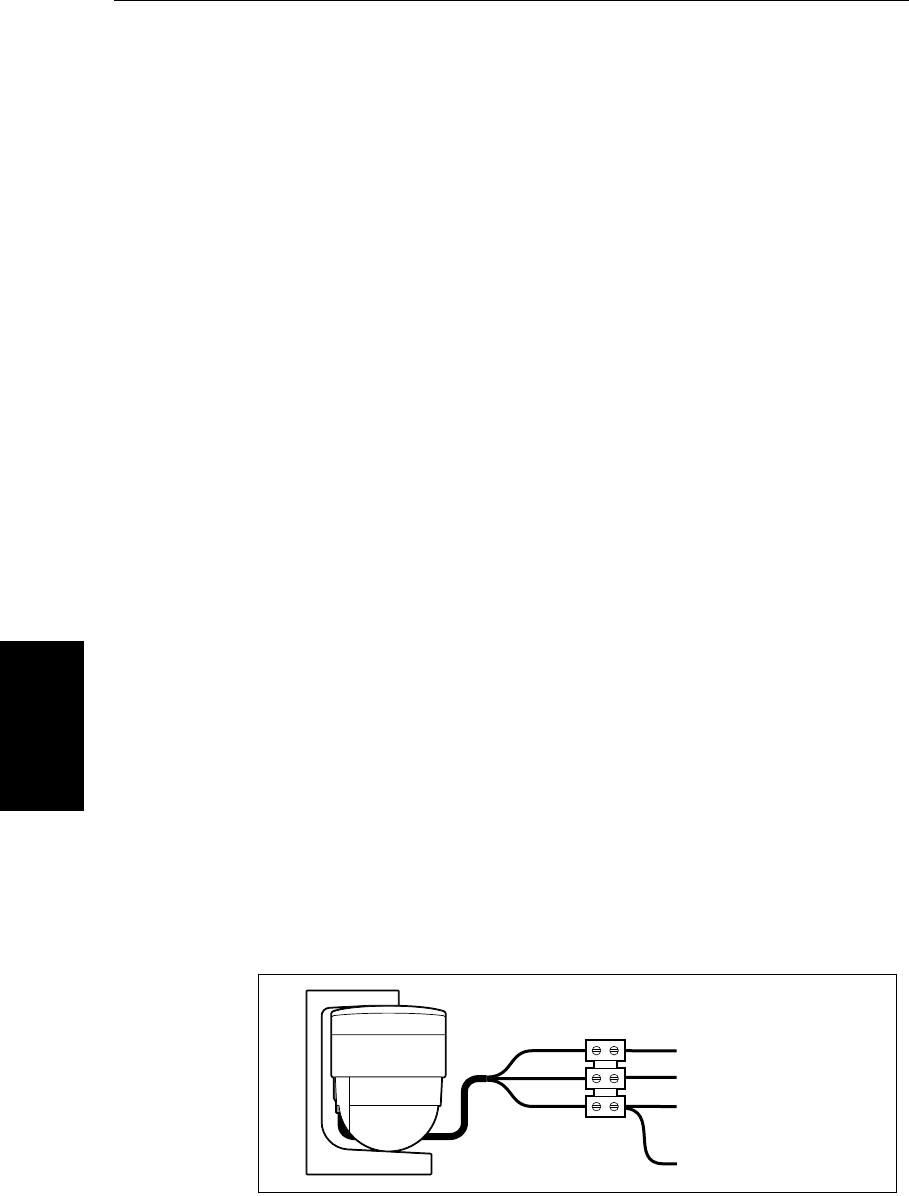
8-28
hsb
2
PLUS Series Color LCD Display
SeaTalk® and NMEA
In
NMEA 0183
The NMEA 0183 Data Interface Standard was developed by the National
Marine Electronics Association of America. It is an international standard that
enables equipment from many different manufacturers to be connected
together and to share information.
The information is passed in “sentences”, each of which has a three-letter
sentence identifier. When you check to see if one item will “talk” to another,
make sure that the two items both use the same sentence identifiers. For
example: VTG carries Course and Speed Over Ground data; GLL carries
latitude and longitude; DBT carries water depth; MWV carries relative wind
angle and wind speed data.
The NMEA 0183 standard carries similar information to SeaTalk. However, it
has the important difference that one cable will only carry information in one
direction. For this reason NMEA 0183 is generally used to connect a data
receiver and a transmitter together: for example, a compass sensor
transmitting heading to a radar, or a GPS sensor (or Chartplotter) transmitting
position and navigation data to a radar.
NMEA Input Connection
The two NMEA/Power input connectors are normally used for non-SeaTalk
Compass (heading) data or GPS. It can also be used for additional navigation
data (if not provided via SeaTalk).
Connect the input(s) to the orange and yellow wires (Channel 1) and/or the
green and blue wires (Channel 2). Refer to Power and NMEA Input
Connection on page 8-15 for further details.
For example, to connect a Raymarine Heading Sensor to the NMEA
Channel 1 input, connect the cables and power supply using a suitable
connector block, as shown in the diagram below. If installed, it may be
convenient to connect the power to the SeaTalk auxiliary junction box
described in the following section.
Figure 8-17: NMEA Input Connection
+12 V
0V
+ NMEA Data (orange)
-- NMEA Data (yellow)
D3604-1
Red
Black
Yellow


















